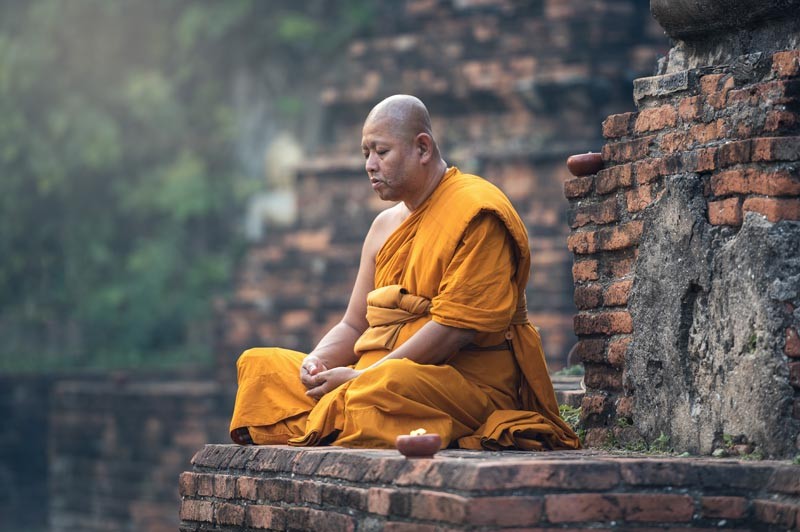Myanmar and Its Burmanization of Ethnic Minority Groups

ICC Note: For decades the Karen, Shan, Mon, Chin and other minority groups in Myanmar have been put through a process they call Burmanization — an informal system in which education, repressive laws, religious proselytization, economic exploitation and often brutal force are used to wash away their own identity. Christian majority Kachin and Chin groups often experience intimidation, forced conversion, and harassment.
03/16/2018 Myanmar (New York Times) – From the age of 5, when she entered a government school in Myanmar, Stella Naw learned about the triumphs of Burman kings and heroes, recited Burman poems and performed Burman dances at school ceremonies.
Without realizing it, she was being torn from her ethnic roots and assimilated into the Southeast Asian country’s dominant majority.
“What was missing from my childhood was a chance to learn the culture and history of my own people, the Kachin,” says the political analyst and writer. “I was ashamed to speak my own language. I didn’t like the sound of my own name.”
Naw’s experience is shared by many of Myanmar’s ethnic minorities, a multitude of more than 130 different groups with their own cultures, histories and languages who make up some 40 percent of the country’s population. For decades the Karen, Shan, Mon, Chin and other minority groups have been put through a process they call Burmanization — an informal system in which education, repressive laws, religious proselytization, economic exploitation and often brutal force are used to wash away their own identity.
The recent violent expulsion from the country of nearly 700,000 Muslim Rohingya can be seen as an extreme example of the drive by central authorities to expunge any perceived threat to their dominance and stamp a Burman imprint on vast areas where minorities live. The United Nations calls it a “textbook example of ethnic cleansing.”
This Burmanization dashes hopes that the end of direct military rule and election of Myanmar’s first civilian government, headed by Aung San Suu Kyi, would usher in a new era of relations with minority groups. On taking power in early 2016, Suu Kyi declared that national reconciliation and a federal constitution would be high priorities.
Instead, the transition to democratic rule and its greater freedoms has come with a rise in nationalism and radical Buddhism. Suu Kyi has not condemned continuing military atrocities against the Kachin and others, and her stock with ethnic minorities has plummeted. Many say she is first and foremost a Burman.
The military — which is constitutionally shielded from civilian oversight of all security matters — has long portrayed itself as Myanmar’s savior, the only institution that could keep together a nation at risk of splitting into numerous parts.
It continues to battle the Kachin and groups in northern Shan State, working off the same playbook it has since independence from Britain in 1948 of violently suppressing ethnic insurgencies demanding greater autonomy. Those conflicts have been marked by human rights violations, the displacement of hundreds of thousands of rural people and the entrenchment of the military within ethnic communities.
Less obvious are what ethnic minorities insist are calculated efforts at Burmanization that focus on religion, language, heritage and other aspects of self-identity.
The government denies that it is pursuing such a policy.
Ko Ko Naing, a deputy director in the Ministry of Religious Affairs and Culture, says the government allows ethnic minorities to study their languages outside public schools even though it is not legally obligated to do so.
“That’s why I don’t see that the majority is Burmanizing the ethnic minority groups,” he tells The Associated Press.
It was also the duty of the government, the official says, to promote Buddhism and build Buddhist pagodas everywhere in the country lest “our religion and country disappear.”
In Chin State, where 90 percent of Chin adhere to Christianity, crosses have been destroyed, pastors are intimidated and there is state-sponsored pressure to convert to Buddhism. Kachin State, where more than 90 percent of the Kachin people adhere to Christianity, has among the highest concentrations of pagodas in the country.
…
[Full Story]For interviews, please email press@persecution.org
